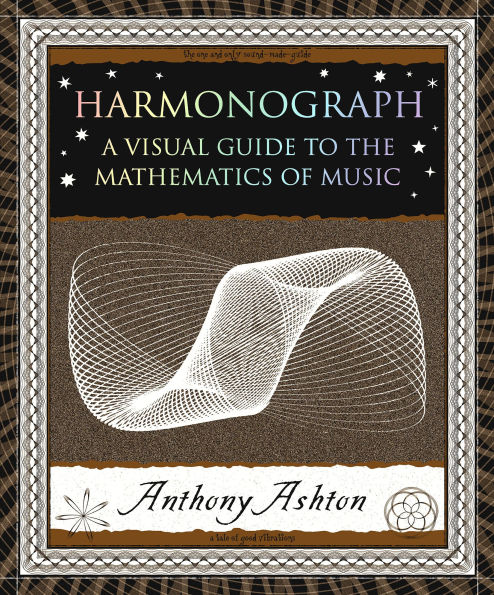5
1

Harmonograph: A Visual Guide to the Mathematics of Music
64
Harmonograph: A Visual Guide to the Mathematics of Music
64Paperback
$7.95
7.95
In Stock

Product Details
| ISBN-13: | 9781952178047 |
|---|---|
| Publisher: | Wooden Books |
| Publication date: | 03/15/2022 |
| Series: | Wooden Books North America Editions |
| Pages: | 64 |
| Product dimensions: | 5.40(w) x 6.50(h) x 0.30(d) |
About the Author
From the B&N Reads Blog
